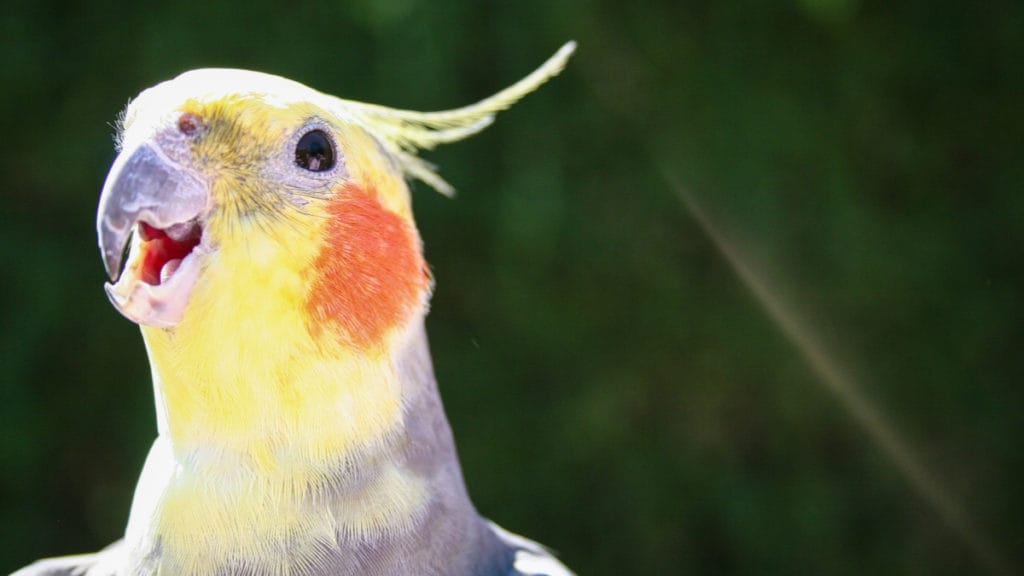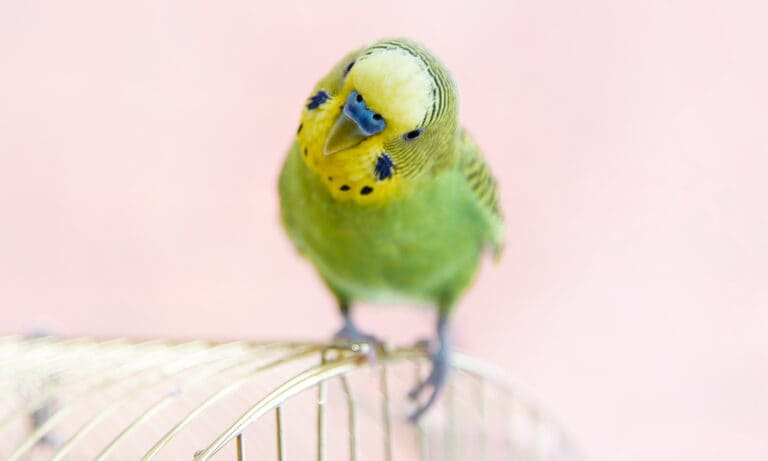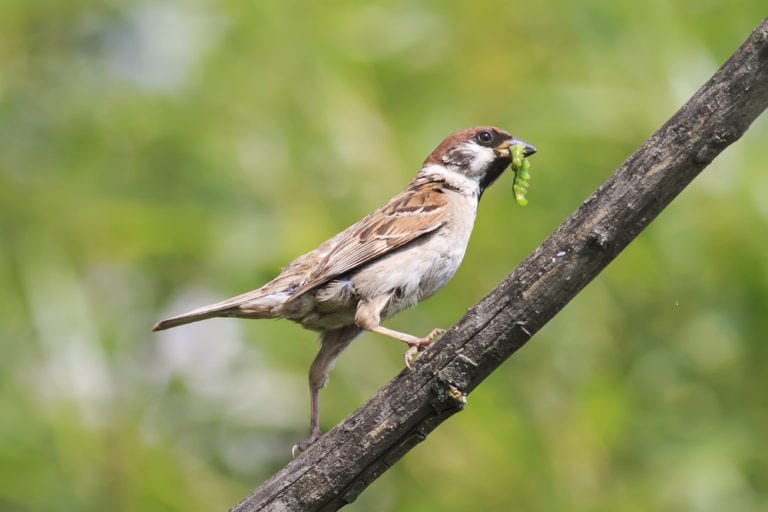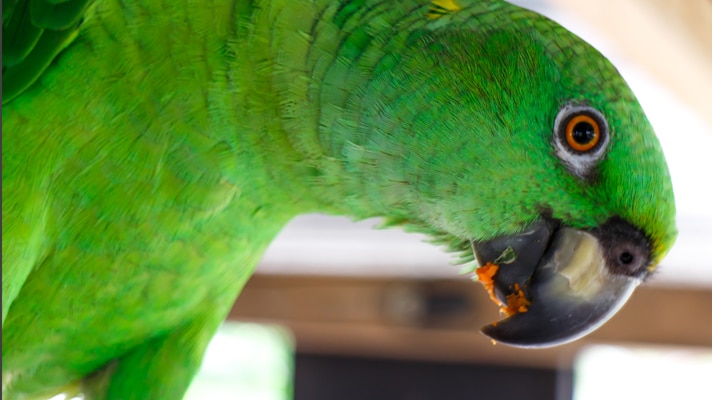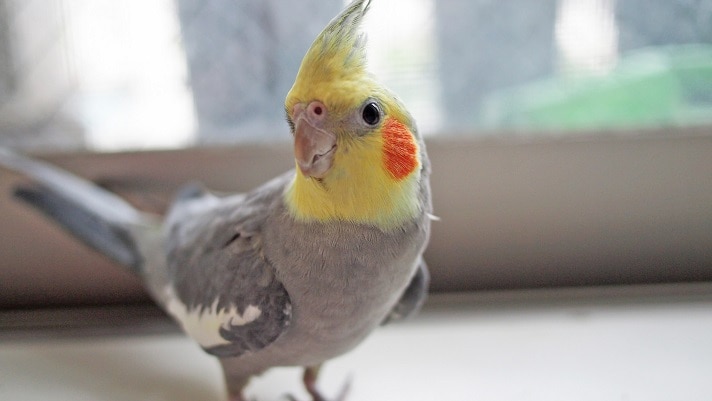Description
Choking means that a bird is unable to breathe because something is either partially or completely obstructing the windpipe. Pet birds, especially babies, can easily choke on liquids or small pieces broken off of a bird toy.
A bird that is choking will show difficulty swallowing, it may be gasping for breath, or it may be opening the beak with an exaggerated motion and attempting to regurgitate or gag.
Symptoms
Sam Vaughn, DVM, Dip. ABVP-Avian Practice, said the signs that your pet bird is choking may be obvious or subtle. A bird may begin extending its neck, gasping for air, he said. In other cases, the bird will utter a small sound like a cough that could easily go unnoticed.
Short-term Care
“If you even imagine your bird has aspirated you should seek veterinary care immediately,” Vaughn said. “Most likely radiographs will be performed to attempt and localize the substance in the air sacs or respiratory tree.”
Vaughn said in his opinion it is wrong to use a cotton swab to attempt to remove the object causing the choking. Instead, when a bird obviously aspirates, such as a when a baby bird starts choking on formula during a hand-feeding procedure, he recommends gently turning the bird upside down without restraining its head. This allows gravity and the bird’s natural jaw manipulations to dislodge the object.
Since birds don’t have a diaphragm separating the chest cavity from the abdominal cavity, one can’t perform the standard Heimlich maneuver that is used for a choking human. However, if it is suspected that a bird has inhaled a seed hull or a small object that has entered the trachea (windpipe), you can still attempt to dislodge it by carefully, but quickly, performing a short inward compression of the keel, with the bird being inverted.
Seek veterinary assistance immediately following the performance of this maneuver.
Long-term Care
Endoscopy to remove the substance causing the choking is an advanced procedure that may need to be performed to cure a choking problem. Vaughn also said antibiotic or antifungal treatment may be necessary to prevent secondary infections.
If a liquid or semi-solid has entered the respiratory tract, nebulization therapy may be an important part of treatment. An avian veterinarian may surgically place an abdominal air sac tube to allow the bird to breathe if there is an upper air-way obstruction causing choking. This can be a life-saving procedure useful to allow a bird to breathe until the obstruction is removed. Once the cause of choking has been resolved, a bird may not need any additional treatment long-term.
If aspiration of a liquid or semi-liquid has occurred, some scarring of the lung or air sac tissue may be a permanent result, but unless the damage was severe, this may not affect the bird’s normal activity level or functioning of the respiratory system.
Disclaimer: Bird Health Index is intended for educational purposes only. It is not meant to replace the expertise and experience of a professional veterinarian. Do not use the information presented here to make decisions about your bird’s health if you suspect your pet is sick. If your pet is showing signs of illness or you notice changes in your bird’s behavior, take your pet to the nearest veterinarian or an emergency pet clinic as soon as possible.
Posted by: Chewy Editorial
Featured Image: TCheney/Shutterstock.com
Share:
